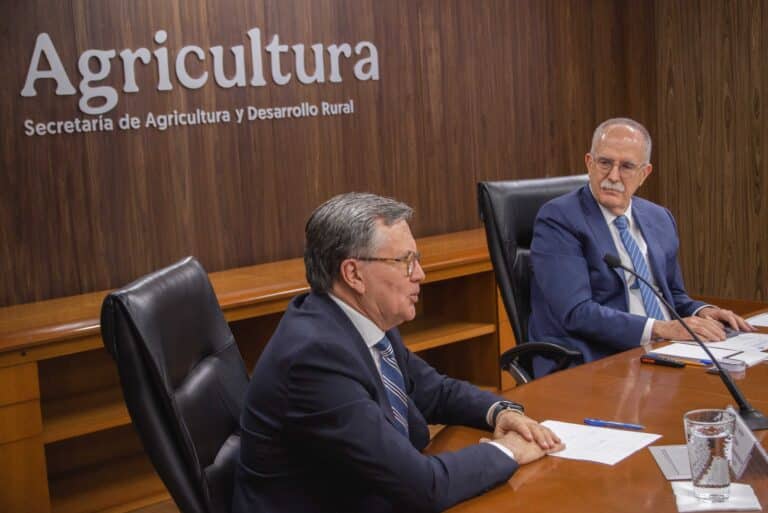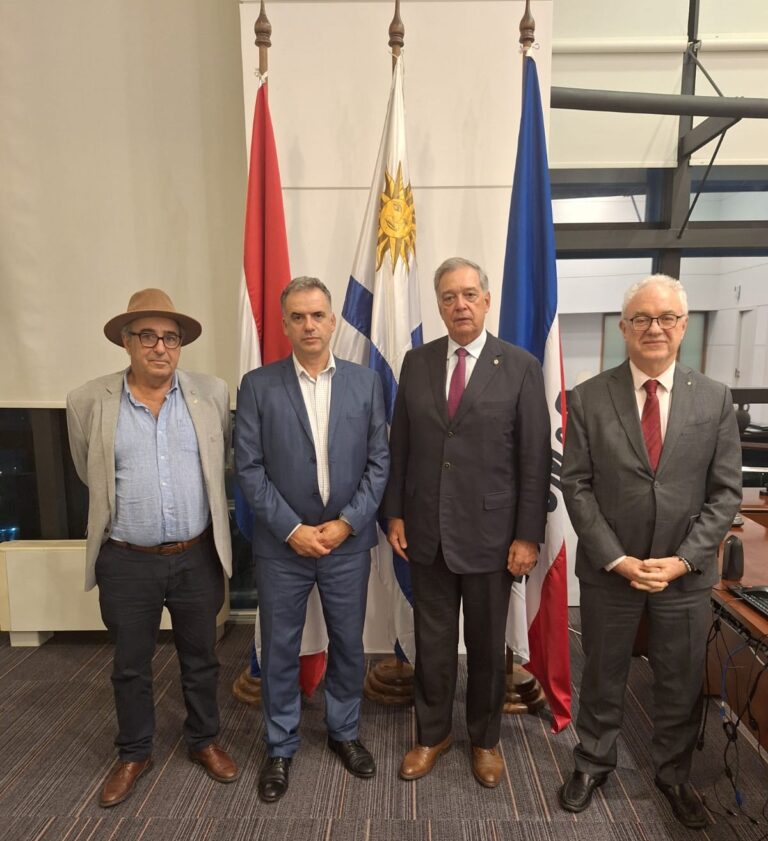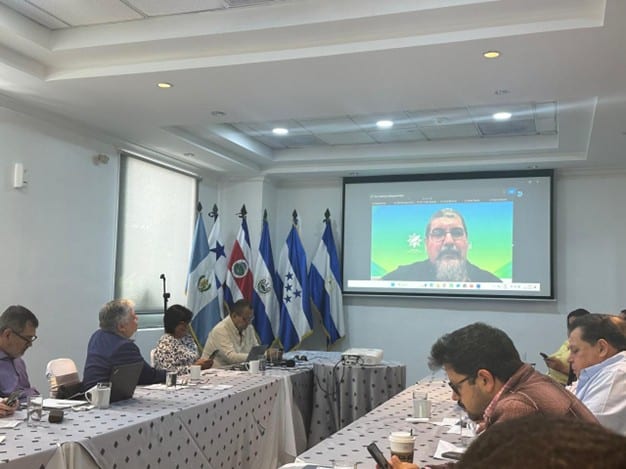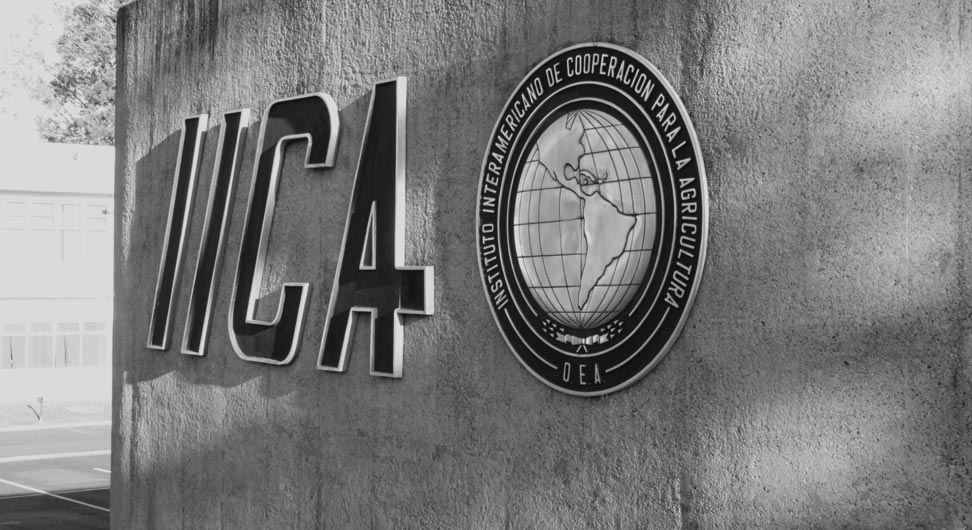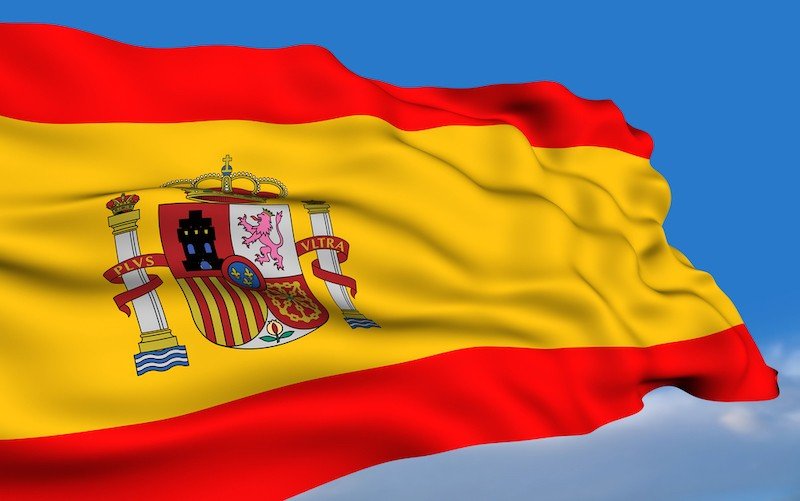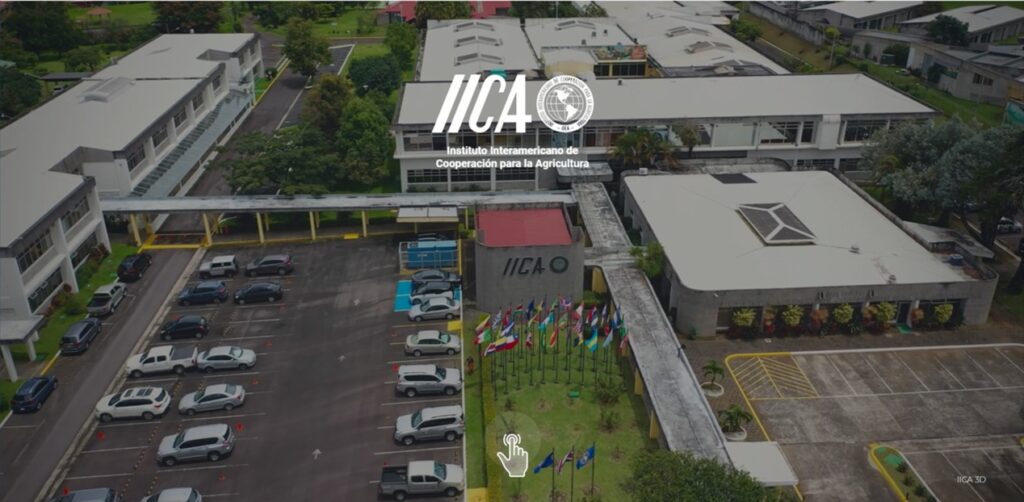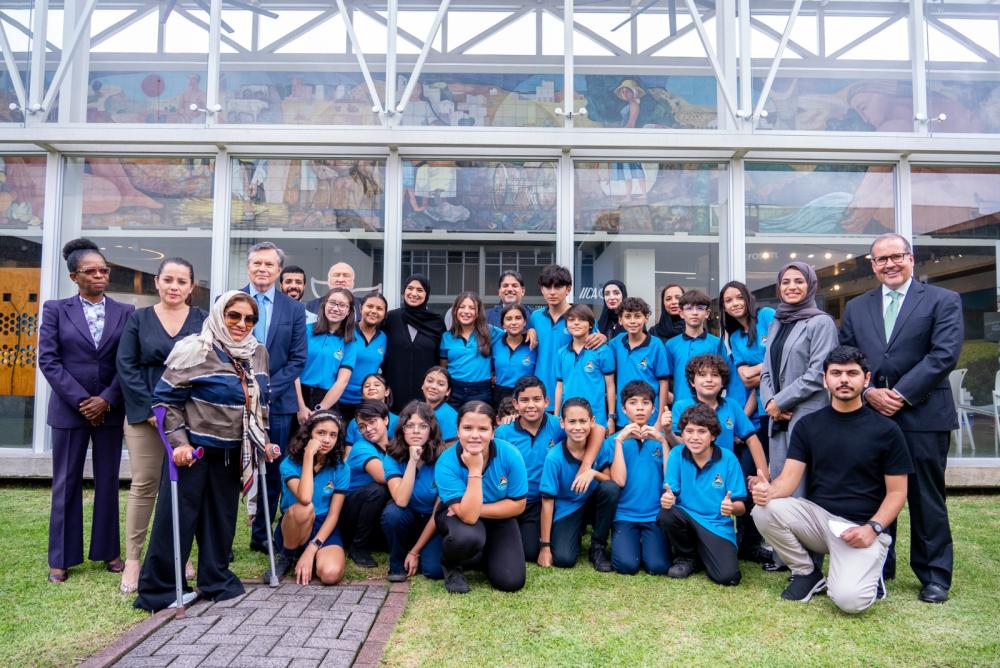A technical forum organized by IICA and HIDROCEC-UNA reported that, over a ten-year period, there has been a 40% increase in the water footprint from agriculture in this region.

San Jose, Costa Rica, March 26, 2014 (IICA). Water used for agriculture in Latin America and the Caribbean (LAC) is of key importance to global food security, but countries in the region, have yet to make improvements to ensure access by their populations to clean water, and to meet the environmental and economic challenges of increased water demand.
Virtual water exports from LAC, that is, the calculation of water used in the production of agricultural exports, was some 250 km3 in 2010, approximately 44% of the global virtual water trade, according to a report released this year by the Botín Foundation in Spain, and presented at a technical forum organized by the Inter-American Institute for Cooperation on Agriculture (IICA) and the Water Resources Center for Central America and the Caribbean (HIDROCEC-UNA).
The document entitled Water and Food Security in Latin America and the Caribbean: Regional and Global Implications, reveals that the majority of virtual water exports from this region involves the trade of oilseeds and grain, basic commodities for human and animal sustenance.
According to Barbara Willaarts, Coordinator of the Water Observatory of the Botín Foundation, “The region faces huge challenges, but there is hope as well: in recent years, agricultural yields have grown faster than the acreage and water used in production, which attests to the sustainable intensification of agriculture”.
There was a 40% increase in the water footprint (calculation of water consumed, in unit time, by persons or for production) for agriculture in LAC between 2000 and 2011, mainly in the Southern Cone and to a lesser extent in Mesoamérica and the Andean and Caribbean regions, according to the study.
The study further notes that the agriculture sector was the primary consumer of water throughout LAC, surpassing that consumed by industries and households.
Under this premise, the Ministers of Agriculture of the Americas tasked IICA last September with formulating and implementing an agenda for capacity building within the ministries of agriculture throughout the hemisphere in water-related areas, promoting water management, improving its use in the agricultural sector and strengthening human resources training in this area.
In the words of Miguel Ángel Arvelo, IICA representative in Costa Rica, “the mandate from the ministers is clear and direct: agriculture must join forces with other productive sectors to manage water in an integrated and sustainable manner. This is a challenge that needs to be tackled by building new partnerships”.
Gertjan Beekman, Specialist in agriculture, natural resources management and climate change, opined that “in order to implement the water agenda and improve water management in the LAC countries, the mandate from the ministers of agriculture must translate into a commitment to improve access to water in the region that is integrated into public policies.”
Speaking via videoconference from Brazil, Beekman gave the example of many inhabitants of the north west of that country who walk 3.5 km per day to source drinking water.
For him, this is proof of the water stress that exists in certain areas of LAC, which has resulted in the deterioration of the quality and quantity of fresh water available. According to Beekman, water stress occurs when demand for water exceeds supply or when poor quality water restricts the use of the resource.
Andrea Suárez, Chief Coordinator of HIDROCEC-UNA, pointed out that pressure on water use must be dealt with through adequate water planning. She further remarked that this process would ensure water security, i.e., the resource would be available in adequate quantity and quality to satisfy demand with respect to health, domestic use, production and ecosystem use.
She added that in Costa Rica, steps were already being taken towards achieving water security, but that this was a five-stage process: assessment of water availability, review of the regulatory and administrative framework, evaluation of the performance of those involved in water management, analysis of the quality of natural resources and water conservation.
For further information:
david.williams@iica.int

